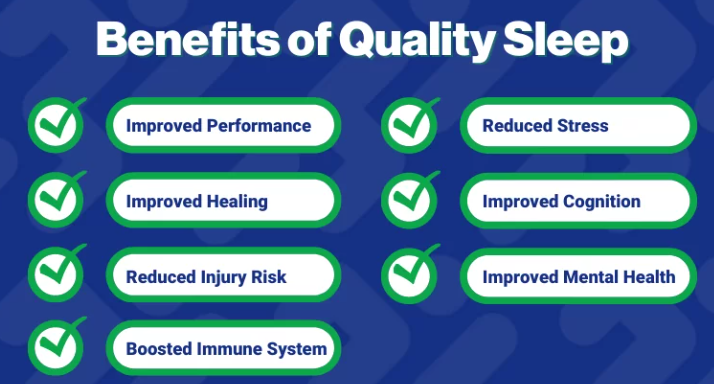Healthcare services have undergone a remarkable transformation in recent years, with a strong emphasis on accessibility, affordability, and quality. In today’s world, the provision of healthcare goes far beyond the traditional doctor-patient relationship. This article delves into the contemporary healthcare landscape, highlighting its evolution and importance while shedding light on innovative approaches.
The Changing Face of Healthcare
The landscape of healthcare services is evolving rapidly. Gone are the days when healthcare was solely the domain of doctors and hospitals. Nowadays, patients have a myriad of options at their fingertips. Telemedicine, for instance, allows individuals to consult with healthcare professionals from the comfort of their homes. Additionally, retail clinics and urgent care centers have become commonplace, offering convenient and cost-effective alternatives for non-emergency medical needs.
Furthermore, healthcare services now extend beyond mere physical health. Mental health support is increasingly recognized as a critical component of overall well-being. Teletherapy, online support groups, and mental health apps are readily available to address the diverse needs of individuals struggling with mental health challenges.
Transitioning Towards Preventive Care
In the past, healthcare services often focused on treating illnesses after they had already taken hold. However, the modern approach is shifting towards preventive care. This proactive approach emphasizes regular check-ups, vaccinations, and lifestyle modifications to reduce the risk of illness. Patients are encouraged to take an active role in their health, making informed decisions about diet, exercise, and screenings.
To facilitate this transition, healthcare providers are utilizing technology to promote preventive care. Electronic health records (EHRs) allow for the seamless sharing of medical information among different healthcare providers, ensuring that patients receive timely and comprehensive care.
Enhancing Accessibility
Access to healthcare services has long been a global challenge, but recent innovations are making significant strides in addressing this issue. Telemedicine, as mentioned earlier, has revolutionized access to medical advice, especially for individuals in remote or underserved areas. Mobile health clinics, staffed by healthcare professionals, are also making healthcare more accessible to vulnerable populations.
Moreover, community health centers are playing a vital role in bridging the accessibility gap. These centers provide a wide range of healthcare services, from primary care to dental and mental health services, often at reduced costs or on a sliding fee scale to accommodate patients’ financial situations.
Empowering Patients
The modern healthcare landscape places a greater emphasis on patient empowerment. Patients are encouraged to actively participate in their care decisions and have access to their medical records, allowing them to take control of their health information. This empowerment fosters better communication between patients and healthcare providers, resulting in more personalized and effective care.
Shared decision-making is becoming the norm, where patients and providers collaboratively discuss treatment options and make informed choices together.

Addressing Healthcare Disparities
While healthcare services have advanced in numerous ways, disparities in healthcare access and outcomes persist. However, efforts are being made to address these inequities. Initiatives such as cultural competency training for healthcare professionals, community outreach programs, and the expansion of Medicaid in some regions are helping to reduce disparities in healthcare access and outcomes.
Healthcare organizations are also focusing on diversity and inclusion within their workforce, recognizing that a diverse healthcare workforce can better serve a diverse patient population. This inclusivity extends to language access services, ensuring that language barriers do not hinder individuals from seeking and receiving healthcare services.
Conclusion
The landscape of healthcare services is undergoing a remarkable transformation. Therefore, marked by increased accessibility, patient empowerment, and a shift toward preventive care.
As we move forward, it is crucial to continue addressing healthcare disparities and working toward healthcare equity for all. By fostering inclusivity, promoting patient-centered care, and leveraging innovative technologies, we can build a healthcare system that is more responsive to the diverse needs of our society.
In this dynamic era of healthcare services, one thing remains constant: the paramount importance of quality care that promotes the well-being of individuals and communities alike. Embracing these changes in the healthcare landscape allows us to better meet the healthcare needs of our ever-evolving world.











